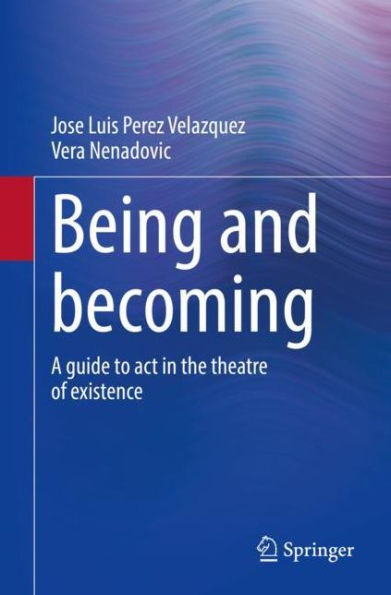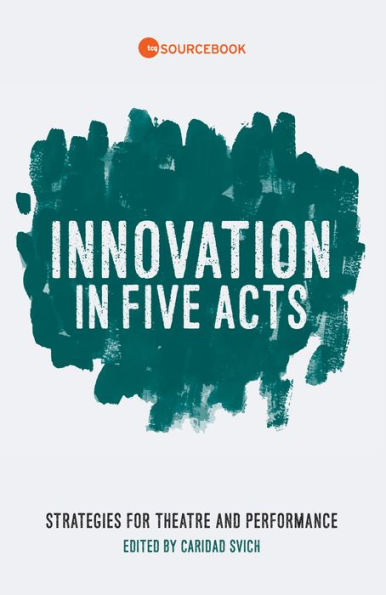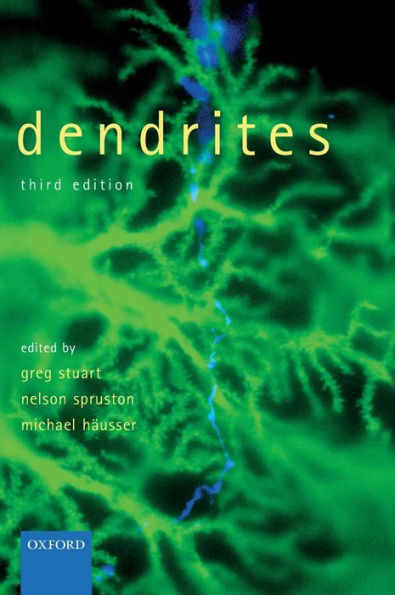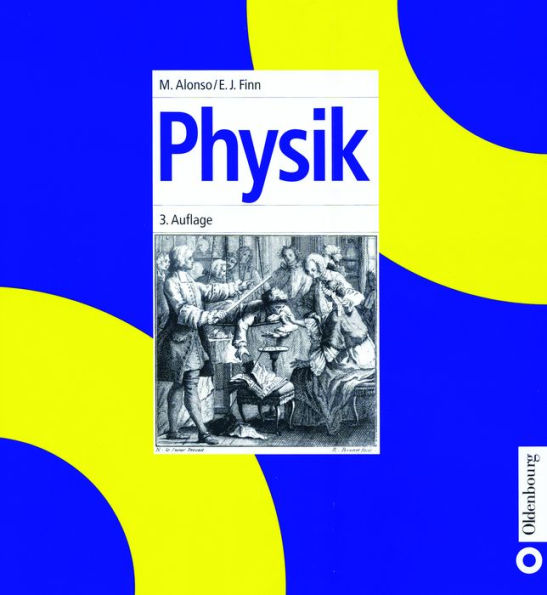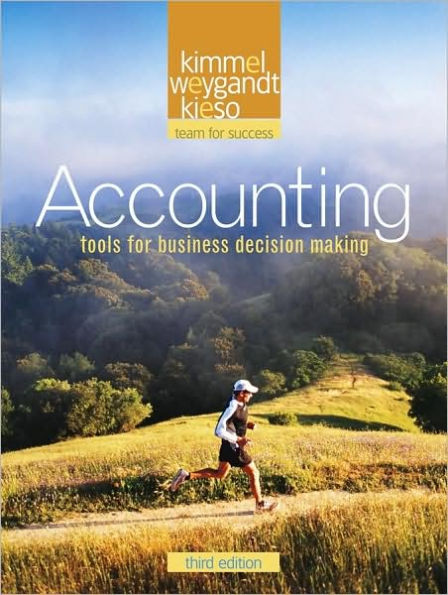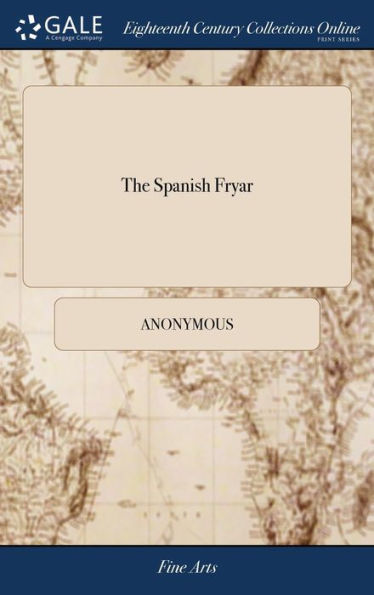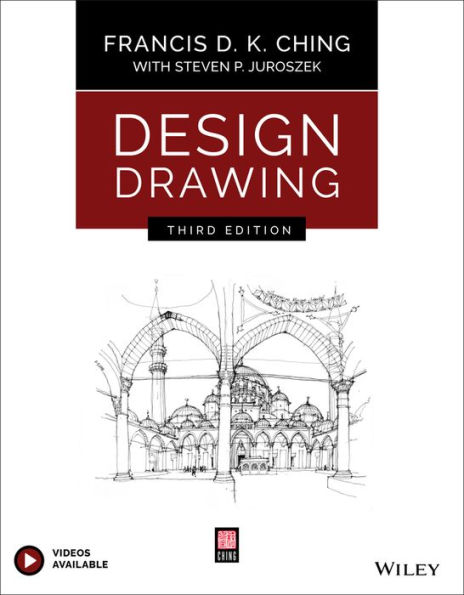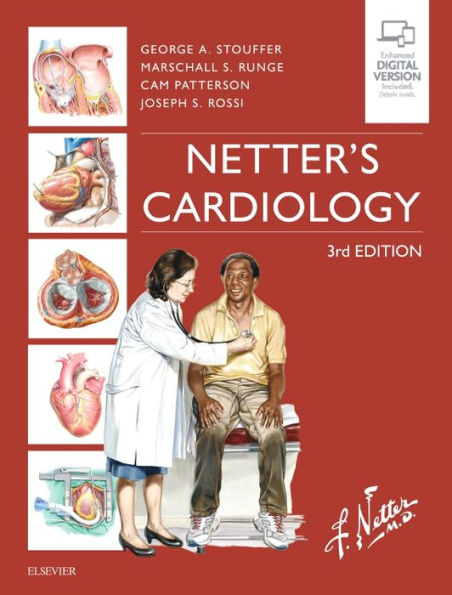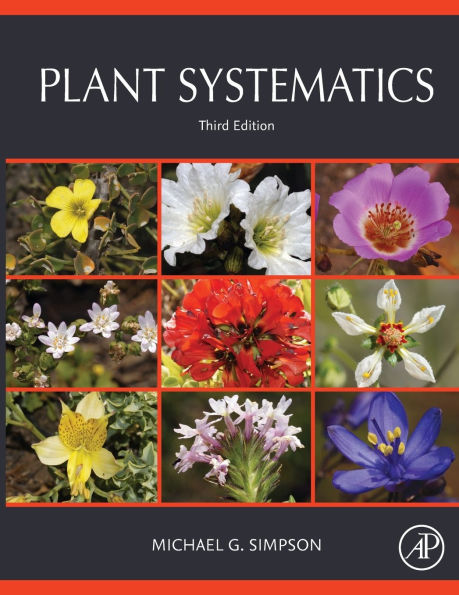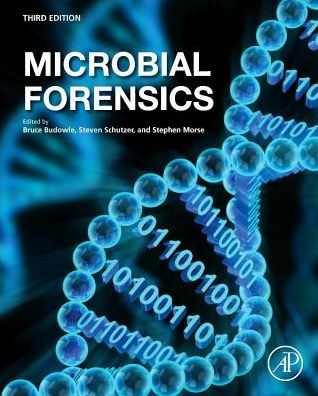Home
Theatre: Collaborative Acts / Edition 3
Barnes and Noble
Theatre: Collaborative Acts / Edition 3
Current price: $124.20


Barnes and Noble
Theatre: Collaborative Acts / Edition 3
Current price: $124.20
Size: OS
Loading Inventory...
*Product information may vary - to confirm product availability, pricing, shipping and return information please contact Barnes and Noble
Key features for this book include the following by context:
Four major themes and principles
:
o
Theatre is cultural study:
looking at theatrical events and how they are created provides a window into the way a society
views itself, drawing examples from multicultural theatre, not just the Western tradition
.
Theatre is collaboration:
theatre-making is a shared experience including both theatre practitioners and audience
members.
Theatre is a spatial art:
critical to theatrical collaboration is the way space is used, adapted, transformed, and the way
theatrical artists interact in and with that space.
Theatre is a dynamic fusion of past and present:
it represents a unique opportunity to see how the past and present
are interrelated.
Boxed features
“Exploring Collaboration”
boxes include profiles of successful artistic teams and feature a variety of approaches to the
artistic process.
“Exploring Historical and Cultural Perspectives”
boxes offer a window on specific theatrical events.
“Artists of the Theatre”
boxes feature colorful and influential theatrical figures of the twentieth and twenty-first centuries.
Special features
“Interpreting Space and Design”
photo essay
demonstrates ways in which spaces and characters have been redefined
by directors and designers and examines the human figure in space and the dynamics of three-dimensional performance.
"Key Theatrical Events" timeline
of selective theatrical, social, and artistic events allows readers to place their
explorations in a wider context.
o “
Theatre of Diversity
”
demonstrates diversity in types of theatre and theatrical experiences.
Pedagogy
“For
Further Exploration”
provides a reference list of articles, books, videos, and websites.
“Questions and Activities”
provide springboards for class discussions and outside projects.
“Key Terms and Concepts”
(in boldface in the chapter) are arranged by topic and followed by page reference number.
o A
Bibliography
brings together all the major sources included in the “Further Exploration” sections.
Four major themes and principles
:
o
Theatre is cultural study:
looking at theatrical events and how they are created provides a window into the way a society
views itself, drawing examples from multicultural theatre, not just the Western tradition
.
Theatre is collaboration:
theatre-making is a shared experience including both theatre practitioners and audience
members.
Theatre is a spatial art:
critical to theatrical collaboration is the way space is used, adapted, transformed, and the way
theatrical artists interact in and with that space.
Theatre is a dynamic fusion of past and present:
it represents a unique opportunity to see how the past and present
are interrelated.
Boxed features
“Exploring Collaboration”
boxes include profiles of successful artistic teams and feature a variety of approaches to the
artistic process.
“Exploring Historical and Cultural Perspectives”
boxes offer a window on specific theatrical events.
“Artists of the Theatre”
boxes feature colorful and influential theatrical figures of the twentieth and twenty-first centuries.
Special features
“Interpreting Space and Design”
photo essay
demonstrates ways in which spaces and characters have been redefined
by directors and designers and examines the human figure in space and the dynamics of three-dimensional performance.
"Key Theatrical Events" timeline
of selective theatrical, social, and artistic events allows readers to place their
explorations in a wider context.
o “
Theatre of Diversity
”
demonstrates diversity in types of theatre and theatrical experiences.
Pedagogy
“For
Further Exploration”
provides a reference list of articles, books, videos, and websites.
“Questions and Activities”
provide springboards for class discussions and outside projects.
“Key Terms and Concepts”
(in boldface in the chapter) are arranged by topic and followed by page reference number.
o A
Bibliography
brings together all the major sources included in the “Further Exploration” sections.
